For Topic, MGMT. Design created a series of 2018 updates to the iconic WPA public service announcement posters from the 1930s and 1940s. Some of the posters are directly imitating specific WPA posters; others have a looser inspiration.
For example, here’s a “Don’t Mix ‘Em” WPA poster:
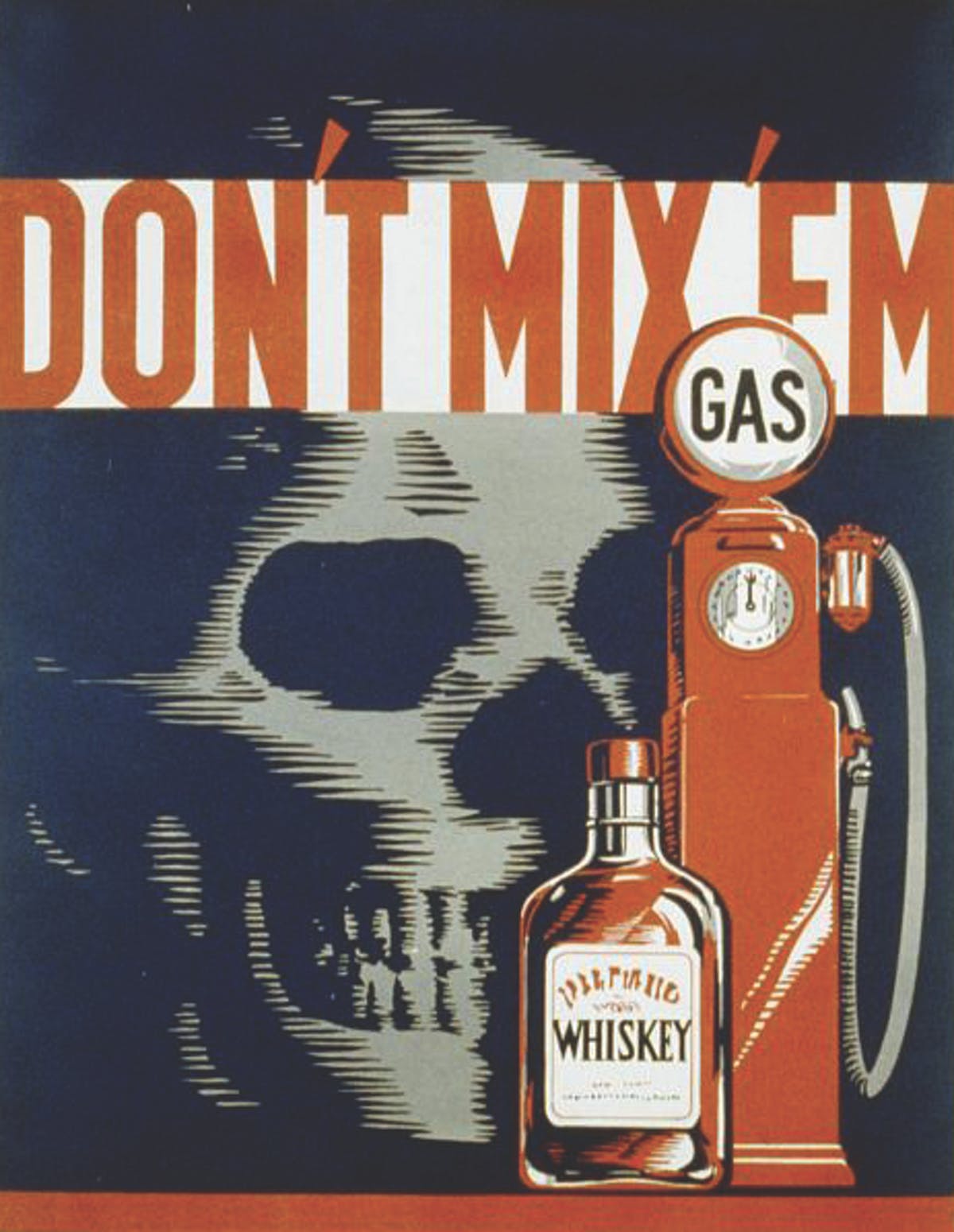
And here’s the corresponding 2018 version:

And the rest of the contemporary series:


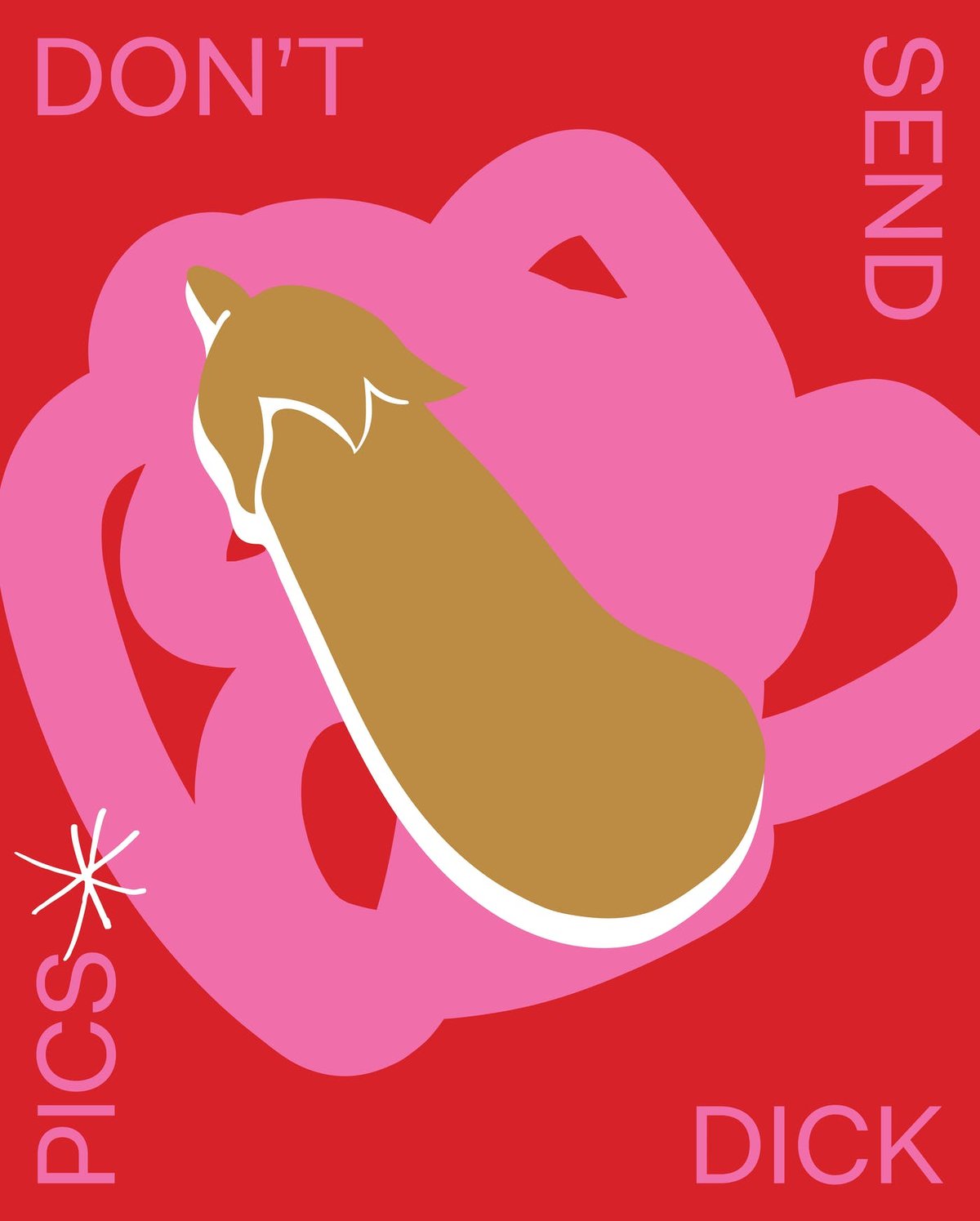

In the accompanying essay, the designers write that “we noticed that the advertising of the 1930s and ’40s seemed far less cynical or manipulative than it is today… Today’s distribution methods have created a relentless flood of messages, putting a torrent of information in the palm of your hand. How the public values, rejects, or embraces this version of public information is up to them.”
The other obvious difference is the overall mood of the messages. The WPA posters are direct, imperative, and point towards solutions, even when they’re being particularly grim about it. The contemporary versions are ironic, diffident, and uncertain about solutions — or at least, uncertain about solutions that can be reduced to a bold-type message across a poster. (Except “Don’t Send Dick Pics.” That one, they’ve got nailed.)
At the same time, there’s a yearning for that level of clarity, aesthetically if not intellectually. All of this seems frustrating but basically honest about the mood and limitations of this political moment.
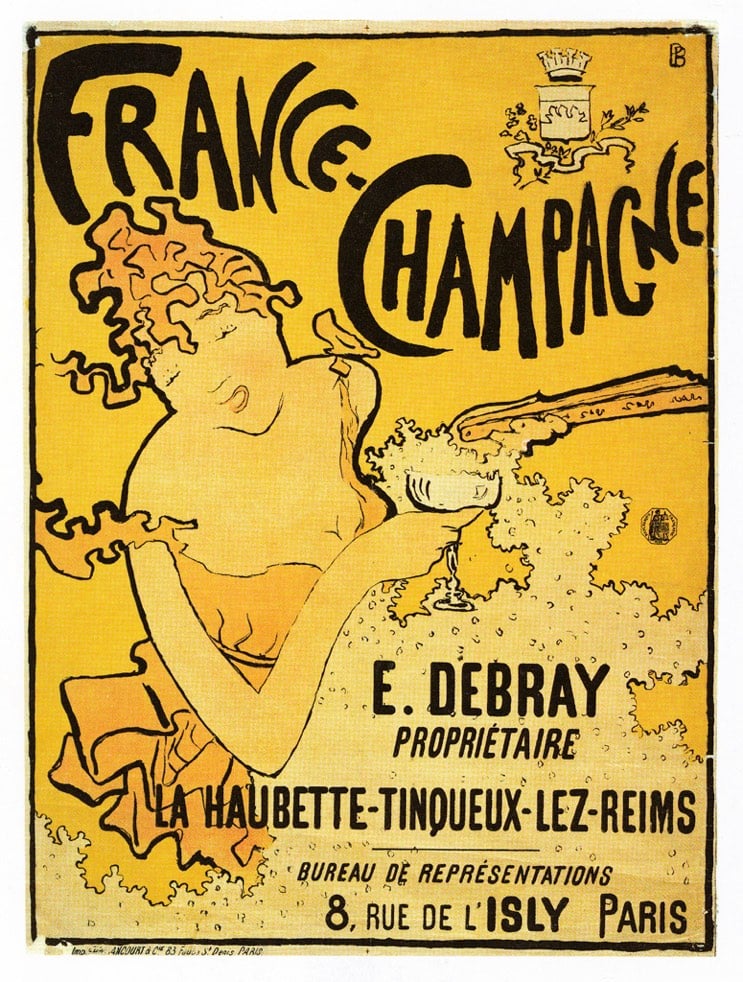
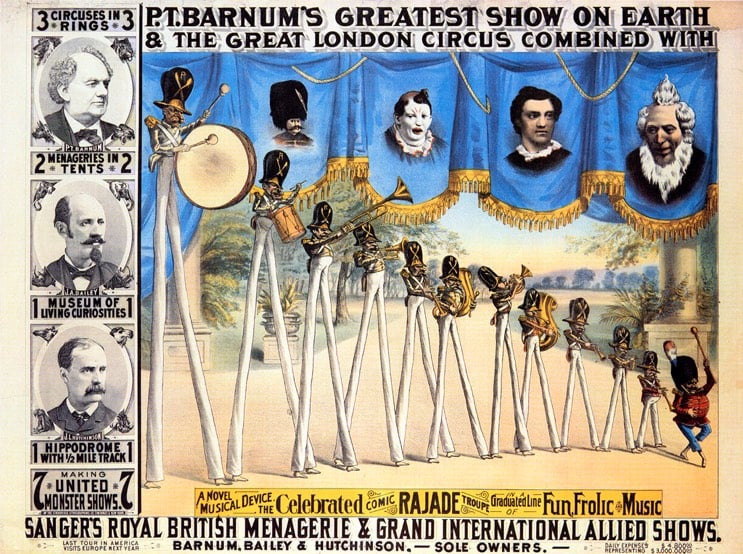
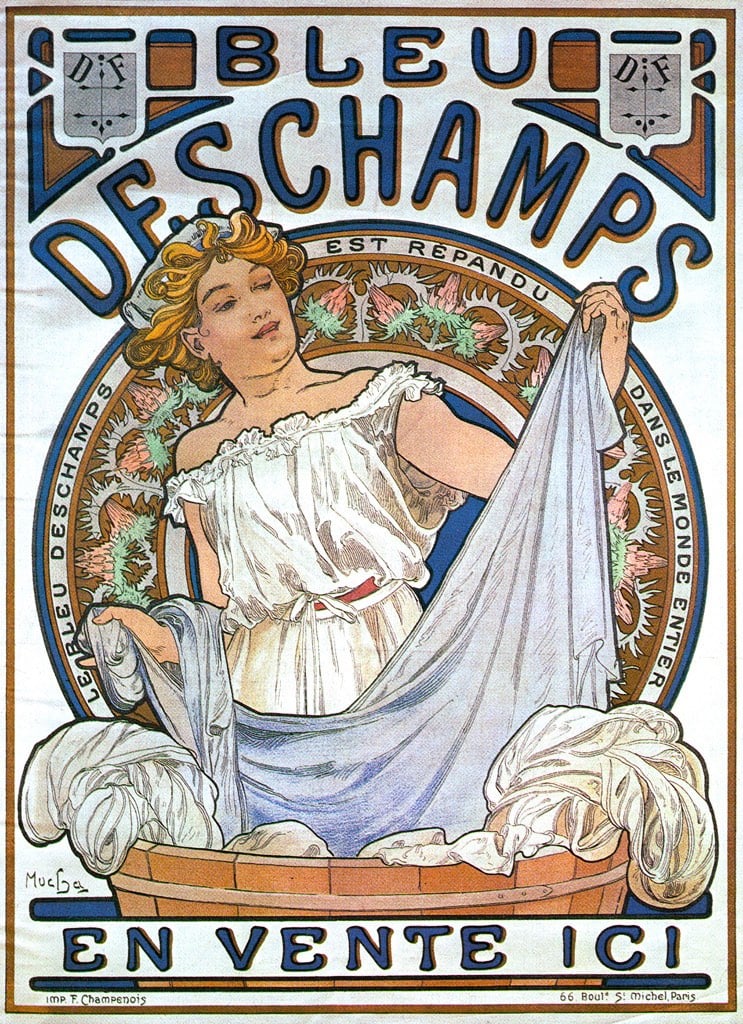
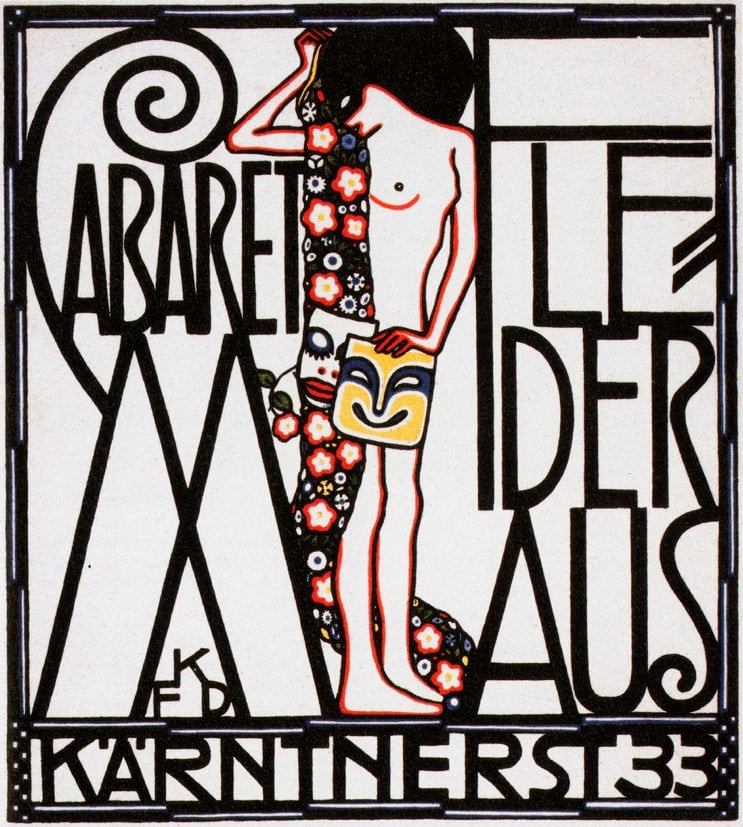
This collection of posters compiled by the library at the Minneapolis College of Art & Design is an amazing trove of turn-of-the-century design and illustration.
In the late nineteenth century, lithographers began to use mass-produced zinc plates rather than stones in their printing process. This innovation allowed them to prepare multiple plates, each with a different color ink, and to print these with close registration on the same sheet of paper. Posters in a range of colors and variety of sizes could now be produced quickly, at modest cost. Skilled illustrators and graphic designers — such as Alphonse Mucha, Jules Chéret, Eugène Grasset, and Henri de Toulouse-Lautrec — quickly began to exploit this new technology; the “Golden Age of the Poster” (1890s through the First World War) was the spectacular result.
Cool “Star Wars” poster artwork by Tomer Hanuka. See the other version at This Isn’t Happiness.
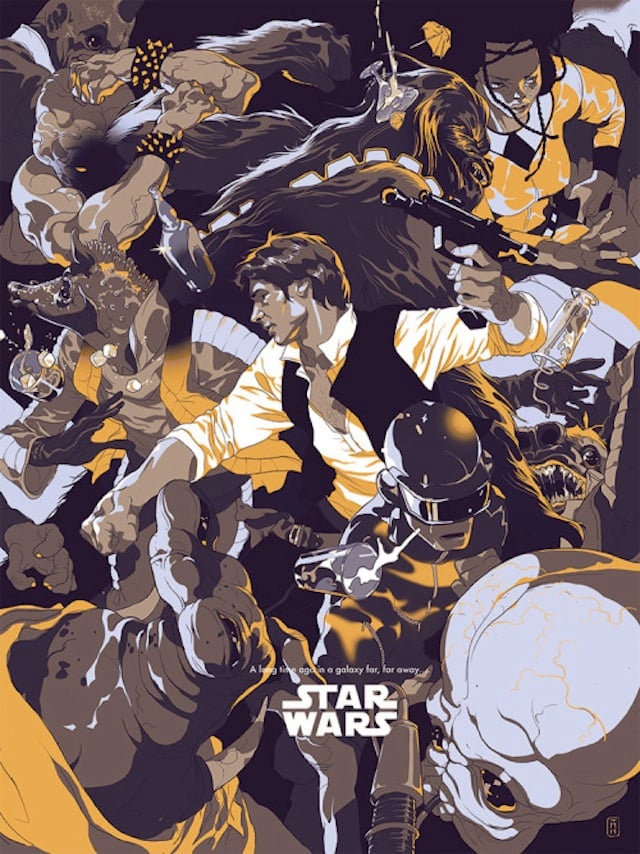
Just beautiful. By Joey Roth, click through for full size.

The Goodie Bag podcast has an entertaining little video on Trajan, the font used ubiquitously in movie credits and posters:
Like indoor plumbing and toga parties, Trajan hails from Rome. Matter of fact, you can find almost 2,000-year-old inscriptions on Trajan’s column, where they have totally off-the-leash keggers on Saturdays… Russell Crowe has co-starred with Trajan three times now.
This reminds me of Red is Not Funny, J. Tyler Helms’ illustration of the wide use of bold red letters in distinctly unfunny comedies. (via cameron hunt)
Thursday nights aren’t what they used to be. Since Seinfeld is gone and I stopped watching ER, I don’t watch TV on Thursday nights anymore. No Cheers. No Cosby Show. No Family Ties. No Night Court. Not even a Different World (ah, Jasmine Guy, where are ye now?). A long tradition is over. Must See TV is no more. Long live Fox Sunday nights.
Except for That 70’s Show.

















Stay Connected